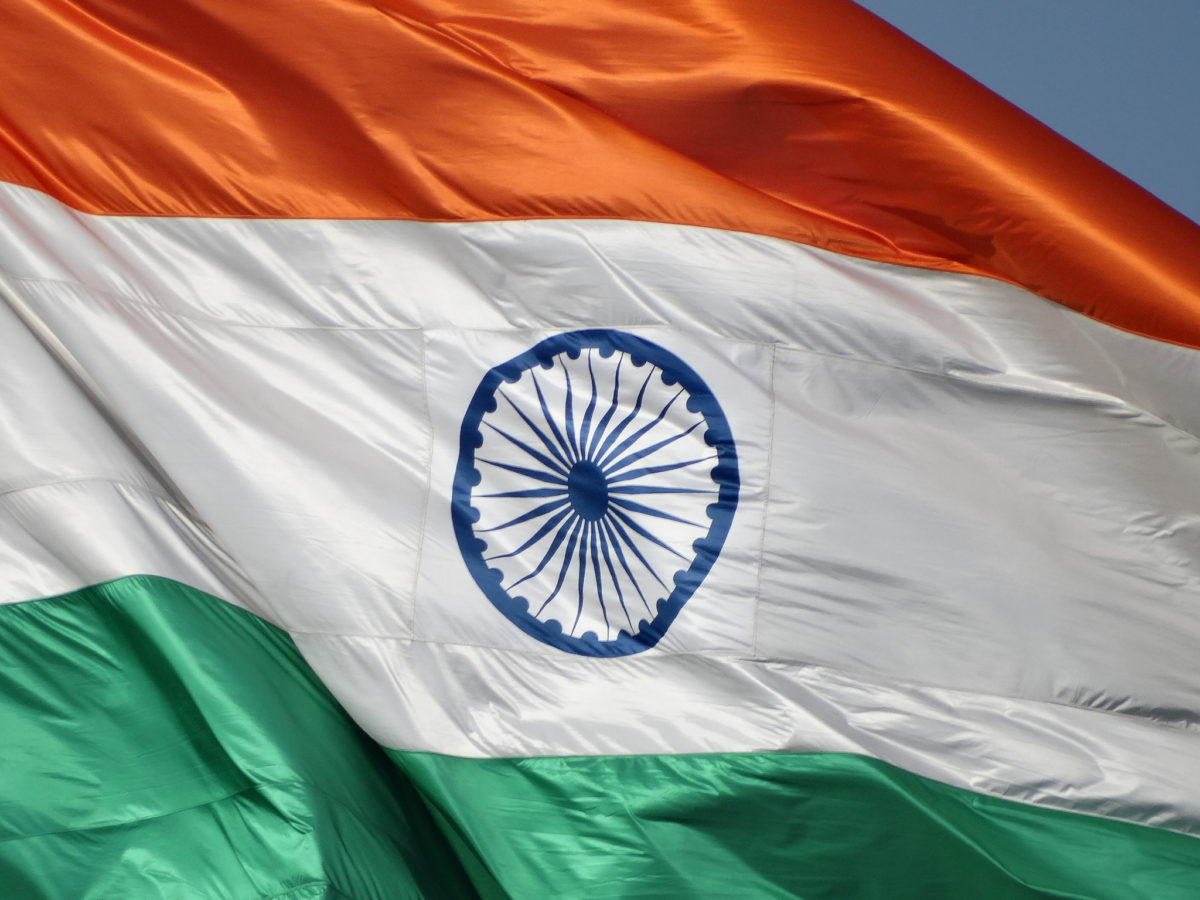The future of hydrogen as a fuel lies in the design of efficient electrocatalysts for electrochemical splitting of water to produce hydrogen. The commercially used Platinum (Pt)/Carbon (C) catalysts are efficient but expensive and suffer from metal ion leaching or electrocatalyst corrosion when used for long duration.
Researchers from the Centre for Nano and Soft Matter Sciences (CeNS), under the Department of Science and Technology (DST), Government of India, have developed a novel palladium-based electrocatalyst for hydrogen production that exhibits high catalytic efficiency with a low overpotential and high durability.
The catalyst realized is basically a partially reduced composite of coordination polymer and reduced graphene oxide (COP-rGO composite).
“The catalyst required an extremely low overpotential of -127 mV to achieve a current density of -10 mA/cm2 with a Tafel slope of 55 mV/dec. It also exhibited exceptionally high durability for 70 hours at a high current density of −300 mA/cm2,” according to the researchers.
In their research report, the researchers said the partially reduced COP-rGO composite can be readily synthesized by the reaction of 1,2,4,5-benzenetetramine (BTA) ligand with palladium (II) chloride (PdCl2) in the presence of rGO, and is therefore labelled as [Pd(BTA)-rGO]red.
The presence of organic ligand, BTA, with four primary amine groups, aids in forming 2D COP sheets with Pd2+ ions.
BTA is also capable of stabilizing the Pd nanoparticles formed during partial reduction without complete collapse of the 2D framework of COP. The rGO improved the conductivity of Pd(BTA) by facilitating the interaction between the 2D COP and rGO.
The researchers attribute the remarkable electrocatalytic activity of [Pd(BTA)-rGO]red to the Pd nanoparticles of size 3-5 nm embedded in the composite 2D sheets/layers.
“A combination of high activity due to Pd nanoparticles, less charge transfer resistance due to rGO and above all, stability due to encapsulation of Pd nanoparticles by 2D sheets of Pd(BTA) and rGO works in favour of the high efficiency and durability of the material,” they stated in their report.
“Developing efficient means of splitting water to produce hydrogen and obtaining the energy required for it from solar energy would be a significant part of the sustainable and green solutions for our energy needs,” said Prof Ashutosh Sharma, Secretary, DST.
The research findings are published in the ACS Applied Energy Materials Journal.
This content is protected by copyright and may not be reused. If you want to cooperate with us and would like to reuse some of our content, please contact: editors@pv-magazine.com.









2 comments
By submitting this form you agree to pv magazine using your data for the purposes of publishing your comment.
Your personal data will only be disclosed or otherwise transmitted to third parties for the purposes of spam filtering or if this is necessary for technical maintenance of the website. Any other transfer to third parties will not take place unless this is justified on the basis of applicable data protection regulations or if pv magazine is legally obliged to do so.
You may revoke this consent at any time with effect for the future, in which case your personal data will be deleted immediately. Otherwise, your data will be deleted if pv magazine has processed your request or the purpose of data storage is fulfilled.
Further information on data privacy can be found in our Data Protection Policy.